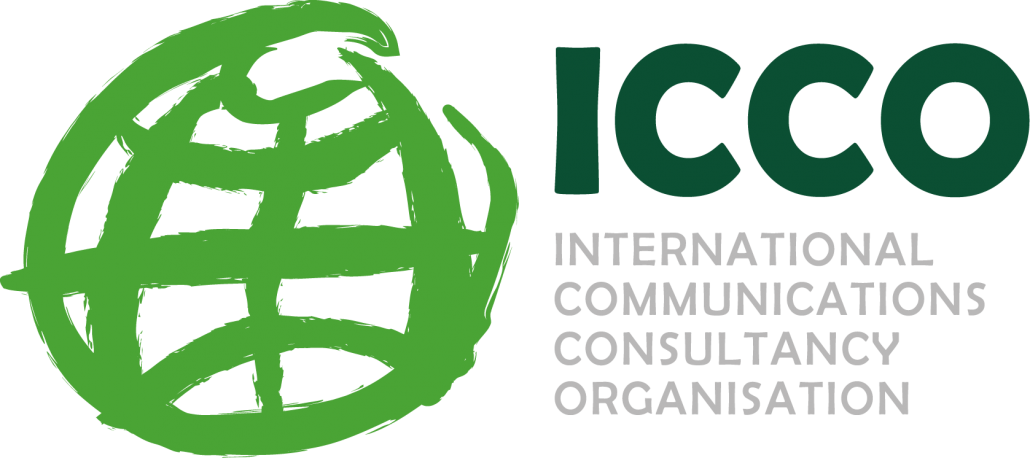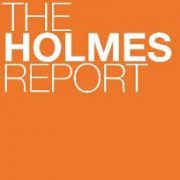Assorel shifts into high gear
Press release by Assorel, ICCO association member in Italy.
Filomena Rosato, Assorel President: “In the front line for all that concerns our industry’s key topics”
A new atmosphere can be felt in the Association’s framework during the first 100 days of the new President’s mandate. Main innovations mentioned today in Milan include a new corporate identity, strengthening of the Association’s internal structure, a survey on investments in Public Relations in Italy, an Observatory of Public Tenders, and the renewal of Assorel Academy training educational program.
Barely three months after the new Board of Directors chaired by Filomena Rosato was elected, Assorel undergoes a facelift and makes its appearance on the market with a new internal structure that features a strong communication sector, a dedicated social team, an entirely renewed corporate identity and market-oriented initiatives.
Assorel’s new logo, which is blue and green, issues from the perfection of the triangle, a matrix that can generate all other forms with balance, symmetry and a dynamic spirit. Today Assorel’s three operative frameworks, namely Communication, Contents and Digital, and the new mission of representing the industry, empowered by the recent payoff of its position signify Communicate, Connect, Innovate. Moreover, the term ‘firm’, instead of ‘agency’, has been chosen to define members, underscoring responsibility, value and quality for the market as distinctive traits.
The Association’s policy to represent Assorel on the market with value-enhanced content is centered on debate, discussion, playing a leading role and being considered as an authoritative landmark. Today the Association confirms this by presenting the outcome of a survey conducted by Nielsen ― there has been no Market Observatory for several years― of investments in public relations. The study included a sample of 300 target companies, revealed that medium size companies will make a mean investment of euro 250,000 in PR in 2017, while large companies will invest euro 330,000 in this industry. The investment in PR equals one fourth of the total investment in communication, and the market will witness a +4% growth, compared to 2016. Reliability was the crucial evaluation criterion adopted to asses companies operating in the field of communication. Moreover 57% of companies uses measuring systems (monitoring, market research), while the remaining 43% does not implement measuring processes. Companies are satisfied if PR activities generate +25% on the amount invested.
Regarding the approach to topical ‘social emergency’ subjects, such as the fake news phenomenon and the battle against violence on the Web, Assorel pursues the development plan defined by the ‘pact of respect’ signed with the Association of Journalists of Lombardy throughout Italy by encouraging open discussions between communicators and journalists to ensure that information is correct and that sources are reliable.
Assorel’s participation in “Parole O_Stili” held in Trieste on 17-18 February must be considered with this in mind. Michele Rinaldi, Social Media Team Manager Assorel, Partner of Soluzione Group, and a brilliant speaker contributed to the panel ‘bufale e algoritmi’ (fake news and algorithms) with his ‘playlist of rules for the protection of reputation online’. The importance of reducing, curbing and fighting the negative practices and languages of the Web were discussed during the two-day event, and Assorel confirmed its role as an active player once again.
In the front line to contribute towards quality and market growth, Assorel has also started up the Observatory of Public Tenders that will adopt analytical data processing methods to enable the Association to establish a dialogue with the competent authorities on the theme of quality and transparency in the field of public tenders in Italy. Assorel will promote a new trend to benefit the whole market, even in terms of fighting against dumping.
The Association’s commitment to provide Education and Training has been enhanced with the renewal of Assorel Academy’s program that, from now onwards, will develop along two parallel issues, namely workshops with detailed paths centred on themes of professional interest structured in multiple modules (Assorel Academy Lab), and high profile managerial training (Assorel Academy Doc).
An important innovation proposed by Assorel for the entire Italian industry is the initiative Measuring the Results of PR activities. By partnering Barbara Bassi, European Chapter Chair for AMEC and Italian representative of The Measurement Practice, international network of highly specialised corporate professionals on the topic, Assorel has perfected a programme of specialised workshops on measuring, based on corporate, non-academic experience. Assorel’s scope is to authoritatively establish clarity on the Italian market with a win-win approach by helping member companies and providing corporate communicators with the knowledge and ‘tools of the trade’ required to build effective measuring programmes, besides offering value to the reference market by helping it make use of measurements to conduct more effective and efficient communication campaigns.
Regarding international relations, as a result of an agreement signed with Unicom, in the ICCO Assorel currently represents about 110 companies that conduct business in the communication and creativity sectors, and has opened a new chapter in terms of women managers in the PR industry.
With regard to Global Women in Public Relations (GWPR), appointed Carola Salvato (Havas Life) as Italian deputy.
A positive ‘change in approach’ for the future of an Association that, empowered by its history and visibility to all stakeholders, both public and private, strongly wishes to remain the authoritative spokesperson of a Communication and Public Relations culture, the crucial strategic key to success for every company.
For more information contact:
ASSOREL Press Office
Tel. 02 70100704










